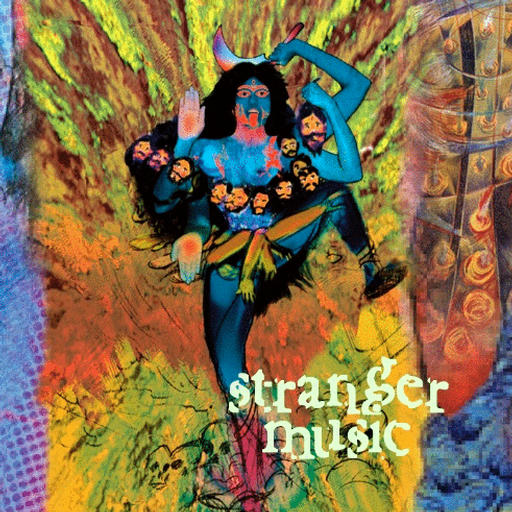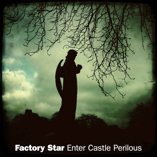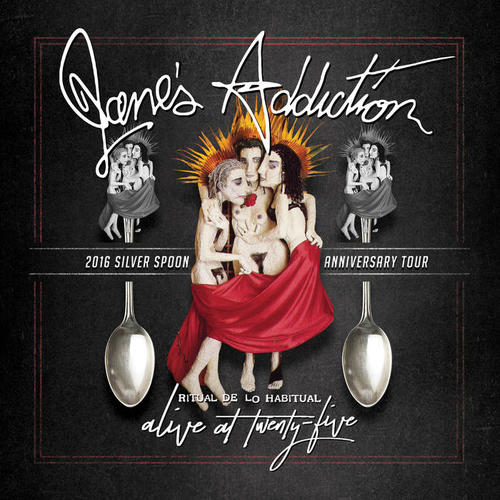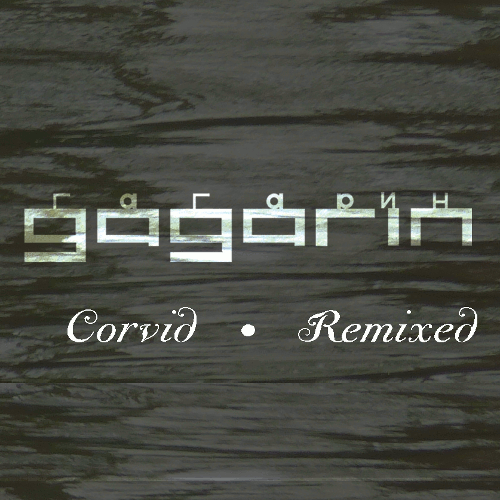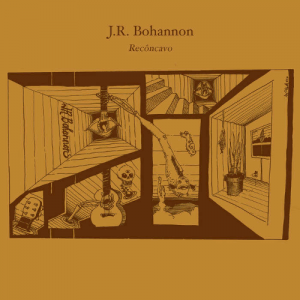 JR Bohannon is a Brooklyn-based solo guitar player who first recorded this mini-album back in 2017 for cassette label Ausca. Phantom Limb liked it enough and saw enough in its diverse energy to warrant a reissue. JR originally hails from Louisville in Kentucky, and some of that city’s heritage has leaked into the sound of the songs, along with the usual likes of Robbie Basho and Leo Kottke. The element that stands it a little further apart is a Latin vibe that brings a warmth and space to the proceedings.
JR Bohannon is a Brooklyn-based solo guitar player who first recorded this mini-album back in 2017 for cassette label Ausca. Phantom Limb liked it enough and saw enough in its diverse energy to warrant a reissue. JR originally hails from Louisville in Kentucky, and some of that city’s heritage has leaked into the sound of the songs, along with the usual likes of Robbie Basho and Leo Kottke. The element that stands it a little further apart is a Latin vibe that brings a warmth and space to the proceedings.
Made up of five pieces, Recôncavo dips and tracks through diverse landscapes, taking in dusty desert canyons and lusher, more hospitable climes. With its Spanish feel and twists and turns, opener “Under The Friar’s Ledge” leads us in unexpected directions. There is space amidst the sparkling fingerpicking that allows you to focus on each note, but with a few interesting random parts thrown in that mean you don’t really know exactly where it is leading you. The harmonics are beautifully clear on “Fluctuation Part 1” and draw you under a cloudless sky, lazy and warm. You couldn’t fail to follow the guitar as the notes roll off so naturally, acting like some kind of Pied Piper. Spring is awakening around you, and everything becomes soft-focus and sleepy.
The beauty of the playing here is that it is not about stunning the listener with the kind of fretwork that makes the head spin. JR Bohannon is confident enough in what he is trying to accomplish to let as much space in and for things to be less insistent. It is more seductive than forceful and there is time to immerse yourself in what he is playing, rather than having to concentrate too much. As well as the long tradition of fine American players, there is a touch of Andres Segovia‘s warmth to the playing that shines a soft Iberian light at times. There is a yearning on “Whitfield County”, with a faint bend to the notes that sounds like crying. There is melancholy here, and a sparseness, with the notes keening into the vast space that they inhabit, the sounds bouncing off distant cliffs, echoing back, slowing down the heartbeat and cushioning us in a familiarity that is undone by the off kilter feel of “Envelopes”. Here, the tuning sounds strange and the eerie note bends are more disconcerting. It is slow and quiet, and where normally a guitar player may be concerned about not squeezing enough notes into a piece, if spare and longing is required then that is what the song receives. It is that willingness to allow the song to dictate the pace and structure that makes these pieces stand out, and they certainly deserve a wider audience.-Mr Olivetti-
